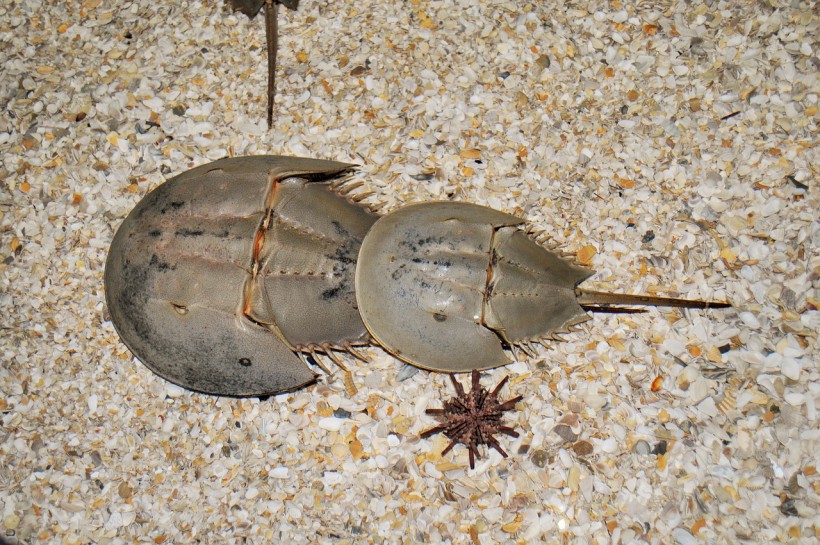Kepley Biosystems, a North Carolina-based biotechnology, will be receiving a $1 million grant from the National Science Foundation (NSF) to develop a rapid bloodstream infection detection technology for sepsis using extracts from horseshoe crabs. The company has established expertise in horseshoe crab husbandry to complete its project.
Phase I of their study created lysate (LAL), which is more reactive and consistent than commercial materials collected from the wild. LAL reacts with disease-causing bacteria at parts per million levels, which is comparable to a single drop of water in 20 Olympic-size pools.

Biotechnology Company Uses Extracts From Horseshoe Crabs to Help Fight Sepsis: Will This Be Effective?
Finding A New Management Tool for Sepsis
According to Global Sepsis Alliance, sepsis takes a life every 2.8 seconds and affects between 47 and 50 million people every year. It is ranked as the most expensive healthcare challenge, which exceeds $62 billion per year. Unfortunately, the disease has continued to pose management and prevention challenges, which prompts innovation to solve the issue.
The rapid detection of bloodborne infection before sepsis is critical as the risk of mortality depends on it, The Fish Site reported. However, some symptoms may mimic other causes that might give rise to the overuse of antibiotics, which has been declared one of the top threats to humanity as per the World Health Organization.
Kepley director of research and development, Dr. Rachel Tinker-Kulberg said that infectious disease complexities in a respiratory pandemic have highlighted how early diagnosis within one to three hours could make a difference to healthcare. The infection is also similar, although treatment may vary to prevent sepsis, which is the main focus of Phase II.
Phase I of their research demonstrated the potential of using horseshoe crab extract for screening assay that would be more affordable than molecular assays and provide same-day treatment without waiting for days like in traditional clinical microbiology.
Meanwhile, Phase II will focus on aligning existing hospital workflows and infectious disease management protocols. The $1 million grant will be for Phase II, while the company is also eligible for an additional $500,000 in matching funds with a qualifying third-party investment. They are seeking international partnerships to bring their biotechnology to hospitals as a new sepsis management tool.
How Can Horseshoe Crabs Fight Sepsis?
In a 2020 study, titled "Horseshoe Crab Aquaculture as a Sustainable Endotoxin Testing Source" published in Frontiers in Marine Science, Kepley reported extracting LAL from the blood of the Atlantic horseshoe crab.
LAL is a chemical substance produced by the immune cells or amebocytes of the horseshoe crabs that are highly sensitive to toxins produced by pathogens responsible for 80% of sepsis in humans, according to New Scientist's report.
The chemical is widely used to test medical devices against bacteria, but they were usually obtained from wild-caught horseshoe crabs before Kepley developed cultivating them. Sadly for those wild-caught carbs, they die in the process which leads to their current status as a vulnerable species.
Kepley and researchers from the Joint School of Nanoscience and Nanoengineering developed a recirculating horseshoe crab aquaculture system that puts the animals in a multi-tank setup long-term where they will receive a special diet.
Scientists periodically draw blood under sterile conditions from the crabs while making sure a 0% mortality rate.They found that LAL from farmed animals is of better quality than that of wild-caught ones to the point that it can be used to detect sepsis in human blood samples.
The team estimates that a total of 45,000 farmed horseshoe crabs would be enough to meet all diagnostic needs and eliminate the need to harvest horseshoe crabs in the wild.
RELATED ARTICLE: Horseshoe Crabs and Their Blue Blood: The Role They Play in Developing the Coronavirus Vaccine
Check out more news and information on Medicine and Health in Science Times.














